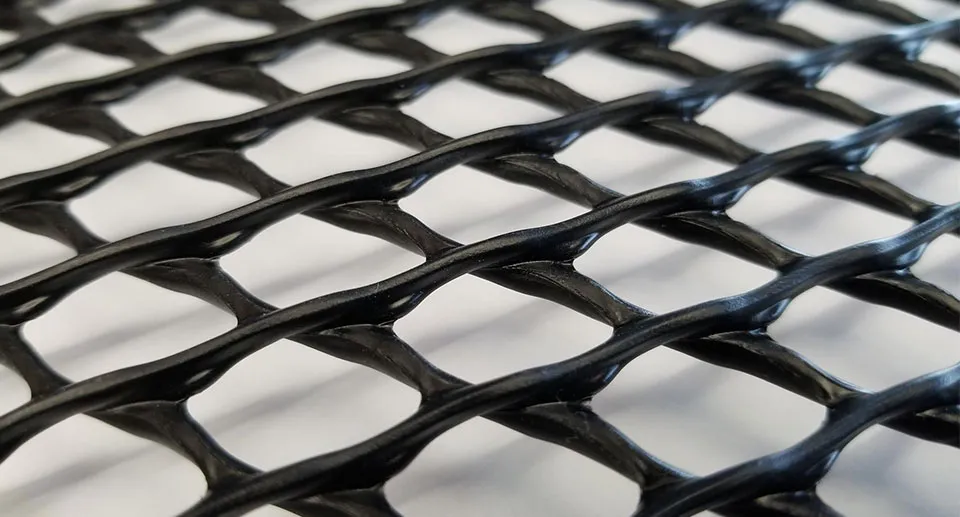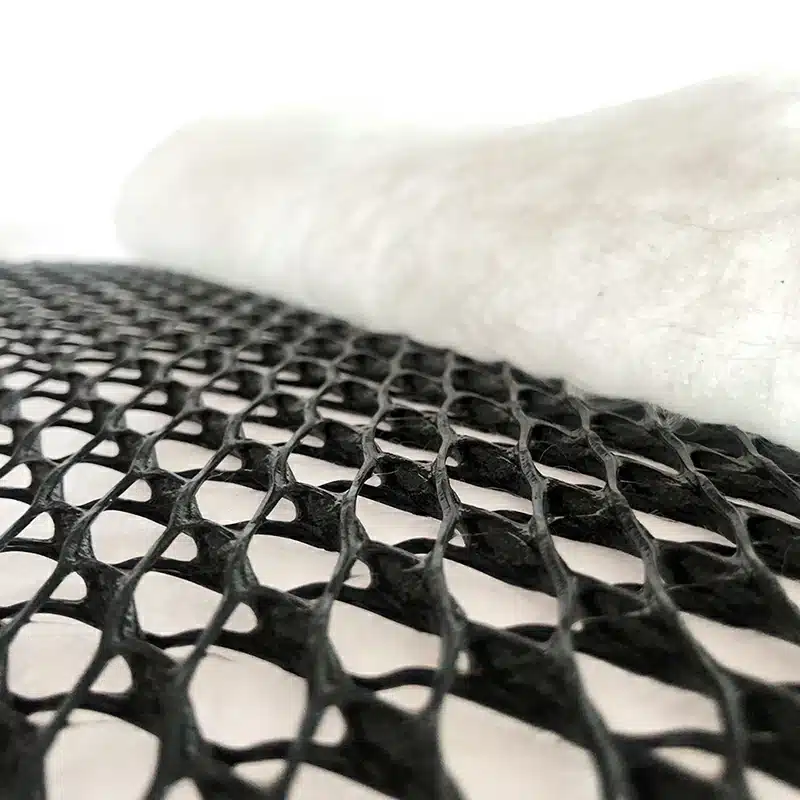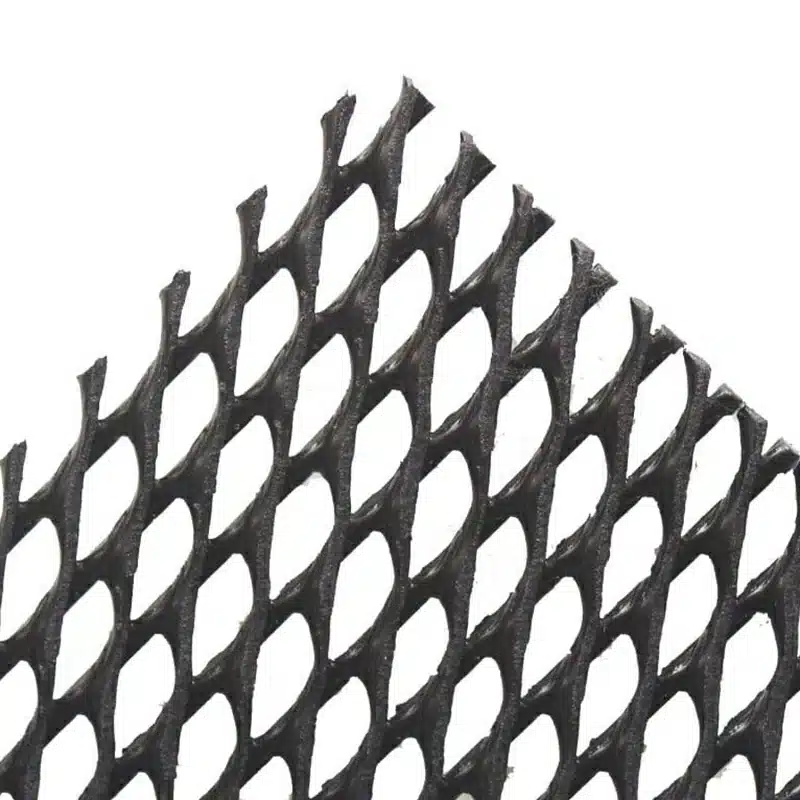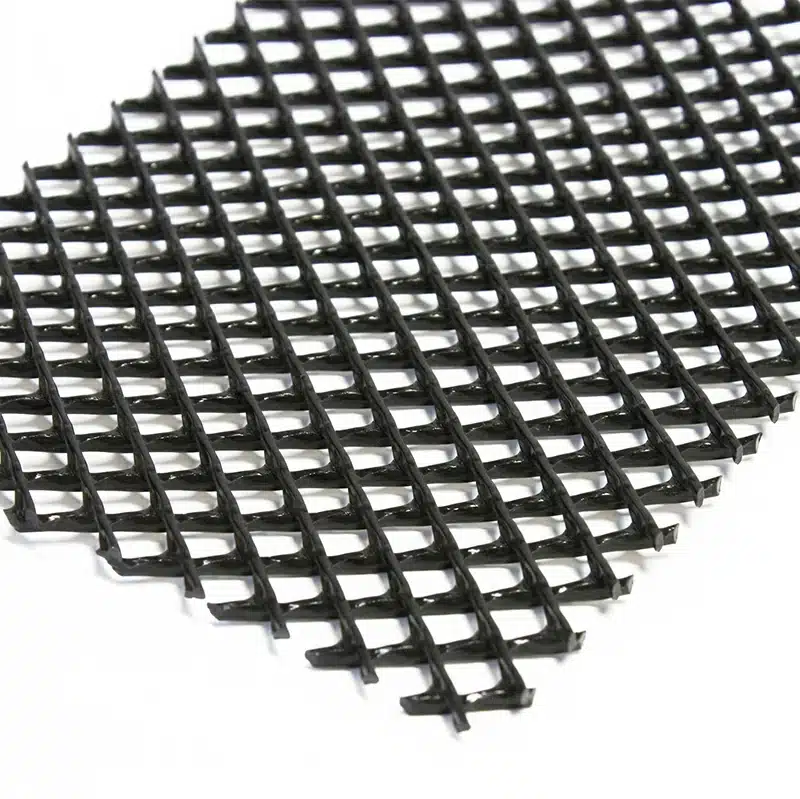Understanding Geonet Water Transmissivity for Efficient Water Management
Geonet water transmissivity is a critical factor in hydraulic engineering, denoting the capacity of geonets to facilitate fluid flow, especially water, within their structure. This measurement, often quantified as 1.0×10^3 m²/sec, signifies the rate at which water moves through the geonet under specific hydraulic conditions. Engineers and geotechnical experts rely on this characteristic to assess the efficiency of geonets in managing water flow in various soil and engineering applications. Higher transmissivity values indicate superior drainage capabilities, essential for ensuring the stability and longevity of infrastructure by effectively managing water movement within the system. Understanding and optimizing geonet water transmissivity play a pivotal role in achieving efficient water management strategies across diverse engineering projects.

What is the function of the Geonet?
Geonets, also known as drainage geocomposites, serve as drainage conduits within geosynthetic systems. These engineered materials typically comprise a network of closely spaced ribs or grids, providing pathways for efficient water flow. Their primary function involves the rapid removal and management of excess water or fluids from the soil, thereby minimizing hydrostatic pressure and enhancing overall stability. Geonets are extensively utilized in various civil engineering projects, including landfill liners, retaining walls, roadways, and drainage systems, due to their exceptional drainage capabilities and soil reinforcement properties.
What is the transmissivity of geonet?
The transmissivity of a geonet, measured at 1.0×10^3 m²/sec, defines its ability to transmit fluids, notably water, within its structure. It delineates the speed at which water traverses the geonet under defined hydraulic gradients and pressures. This attribute remains pivotal in evaluating the effectiveness of geonets in handling water flow within soil or geotechnical applications. A higher transmissivity signifies enhanced drainage capabilities, crucial for upholding the structural integrity of engineered systems.
What is water transmissivity?
Water transmissivity specifically quantifies the ability of a geonet to transmit water. It denotes the volume of water passing through a unit thickness of the geonet material per unit time, under defined hydraulic conditions. It’s a crucial aspect in determining the suitability of a geonet for a particular engineering application, especially in scenarios where effective drainage and water management are paramount.
How do you calculate transmissivity?
The transmissivity (T) of a geonet can be calculated using Darcy’s Law, expressed as T = K * A * (dh/dl), where:
- – T represents transmissivity (m²/day or ft²/day),
- – K denotes the hydraulic conductivity of the geonet material (m/day or ft/day),
- – A signifies the cross-sectional area perpendicular to the flow direction (m² or ft²),
- – dh/dl represents the hydraulic gradient (change in hydraulic head over a given length).
To calculate transmissivity accurately, one needs precise measurements of hydraulic conductivity, cross-sectional area, and hydraulic gradient, providing essential insights into the geonet’s efficiency in water flow management.

Understanding geonet water transmissivity is pivotal in optimizing drainage systems and ensuring the stability and longevity of diverse infrastructure projects. By comprehending its function and accurately calculating transmissivity, engineers, and designers can make informed decisions, selecting the most efficient geonet materials for diverse applications, thereby enhancing overall project performance and resilience.



Comments
Post a Comment